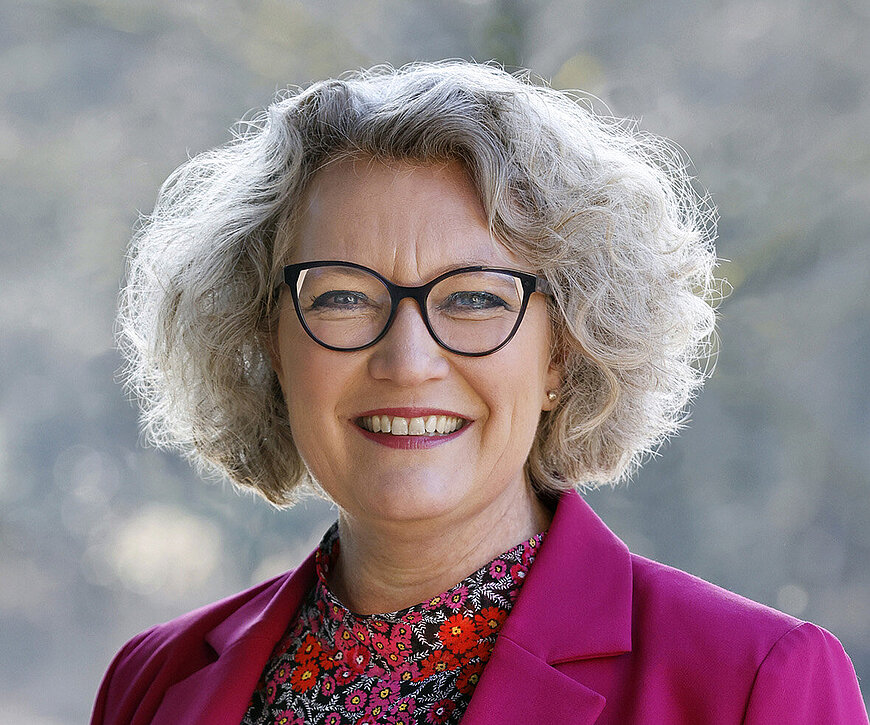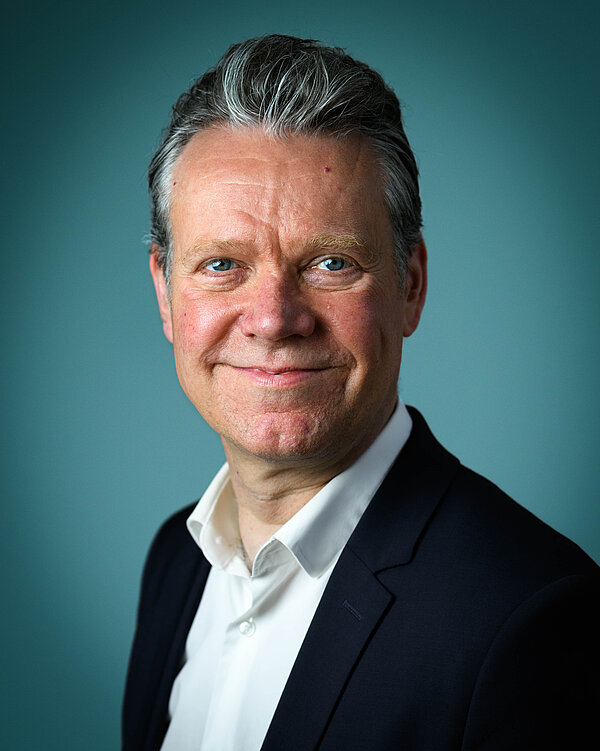Building 62,000 homes in six years: how Brainport Eindhoven wants to make the seemingly impossible possible

With support from the government and the business community, 21 municipalities are working on an unprecedented scale-up in housing construction in the Brainport region.The task is enormous, the implementation challenging – but the belief in the result is rock solid. The Eindhoven Metropolitan Region is ready to support the 21 MRE municipalities in accelerating the process so that the construction of 62,000 homes can be started or completed within six years.
By 2030, 62,000 new homes must be built in the Brainport Eindhoven region *). That is around 8,000 per year, while current construction output averages around 4,000. ‘An enormous task,’ says Suzan van de Goor, chair of the regional portfolio holders' consultation on Space & Housing and alderwoman in the municipality of Waalre. ’But we wouldn't be Brainport if we didn't all pull together.’
Together with Giovanni Wouters, secretary-director of the Eindhoven Metropolitan Region (MRE), Van de Goor looks ahead to the feasibility of the regional housing challenge. The ambitions are sky-high: 62,000 homes by 2030, and according to the regional development strategy, this will even rise to 100,000 by 2040. In addition, there will be 2,280 non-independent student units. ‘We have eight years to not only plan these homes, but also to build and deliver them,’ says Wouters. ‘Construction of the last part of this task must start in 2030, so that the keys can be handed over to the residents by 2033 at the latest.’
Housing Realisation Team
To accelerate this process, cooperation is taking place on all fronts. Wouters and Van de Goor emphasise that the housing challenge is a triple helix story, in which municipalities, governments, knowledge institutions and the business community are working together. A concrete example of this is the housing realisation team, a regional implementation organisation that is partly financed by the Brainport Partnerfonds, with €5 million in contributions from the regional business community. ‘This is unique in the Netherlands, perhaps even worldwide,’ says Wouters. ‘Thanks to this team, municipalities with limited capacity can work together to pick up the pace.’
This is desperately needed. Of the 21 MRE municipalities, 13 have fewer than 25,000 inhabitants. ‘This means that you often work with one policy officer per subject,’ explains Van de Goor. ‘By joining forces, we can achieve even more together.’
Bottlenecks and solutions
Everyone understands that this will not happen automatically. From nitrogen problems to network congestion and from objection procedures to land exploitation deficits, the obstacles are numerous. Wouters: ‘Some obstacles can be resolved locally, while others require national coordination. Take Mayor Dijsselbloem's proposal for a ‘legal fast track, a kind of crisis and recovery law 2.0’ to speed up procedures. In a region of global significance such as Brainport, that is no luxury.
In addition, the Regional Housing Deal and the Beethoven Scheme provide financial breathing space. Municipalities can use this to cover deficits in land development; developers and housing associations can make use of a contribution for property development, and there is also room for substantive support. ‘Thanks to ASML, which is contributing 25 per cent, we now have something we didn't have before,’ says Van de Goor. ‘This makes it really possible to get things off the ground.’

Standardisation as an accelerator
Another concrete initiative is the WoonST home (now in version 2.0): a standardised, sustainable rental home that can be built quickly and affordably. Van de Goor: ‘Just like with a car, you can choose from different colours and options, but the basics are fixed. That reduces costs and speeds up construction.’ These homes have now been built in Veldhoven and Helmond, among other places.
Flexible homes – intended for rapid construction and temporary occupation – seem like a quick solution, but they are not always suitable, warns Van de Goor: ‘The business case is difficult to make work and the quality has to be good. Otherwise, you end up with situations where homes have to be replaced quickly.’ Initiatives such as living in holiday parks and in back gardens are also just a drop in the ocean. ‘Moreover, solutions like these are highly dependent on local circumstances.’
No plan B
What if the pace is still lagging behind in two years' time? Wouters is clear: ’There is no plan B. We believe in plan A. We are already in talks outside the region, with municipalities such as Meierijstad and Weert. And of course, if people cannot find a home in our region, they will move to Den Bosch or even further afield. But we are doing everything we can to achieve our goal within our own region.’
Because standing still is not an option. ‘This region is growing. Period,’ says Van de Goor. ‘The world is looking at us because of the chip industry. In that context, we cannot afford a housing shortage. Nor can we allow gaps in services such as accessibility, schools, general practitioners and green spaces. Quality of life is crucial and goes beyond just housing.’
Building trust
Will it all work out? ‘The only thing you get a guarantee on is a vacuum cleaner,’ says Van de Goor with a nod to Minister Mona Keijzer. ‘But we are doing our very best. We are open about what is and isn't possible. And we have learned from previous scale-ups. We are all on the same train. So you have to make sure you take all the carriages with you. Either way, we'll reach our final destination. Together.’
Wouters agrees: ‘Confidence is growing. Procedures are being streamlined, construction is accelerating. And the fact that the business community is playing such an active role says a lot about the strength of this region. I am convinced that a turning point is coming.’
*) The housing deal involves the construction of 45,130 homes between 2022 and 2030. Beethoven has an acceleration target of 17,000 homes and 2,280 non-independent student units. This acceleration is seen as an addition to the 45,130, with the proviso that completion may continue until 2033.In the period 2022-2024, 12,765 homes were completed. The figures for 2024 are provisional. This means that in the period 2025-2030, more than 8,000 homes must be completed each year, with a run-off in the period 2030-2033.The 2,280 student units are not yet included in this figure. For these units, a production rate of 250 per year must be achieved in the period 2025-2033.
